It's interesting to think that there was a time, not too long ago, when Qwiic didn't exist at all at SparkFun. That 4-pin JST connector is so ubiquitous on SparkFun's boards that there's hardy a new board from us that goes to market without it. That is to say that since it's release from SparkX in 2017, our Qwiic line of products has grown to include a popular spread of development boards, helpful shields, a vast array of sensors and much more. And it's easy to see why; the solderless, daisy chain-able, polarized connector has wide appeal ranging from electronics beginners who don't like playing with hot irons to seasoned experts who are prototyping and want to quickly try out a bunch of different configurations. It makes sense.
Side Note: One time we tried to figure out how many variations of Qwiic boards you could connect. Answer: it's a lot - like such a large number I don't even have a concept for how big the number is...
Pronounced "Quick," but with 2 "i's" and a "c," like I^2C, get it?
These are littered everywhere around HQ
As popular as this tech is internally, in true SparkFun fashion we have released the technology and use of logo open source for the public to use. We love to see other companies adoption the Qwiic-Connect standard into their products.
Did You Know: Qwiic connectors use a standardized I2C interface. This means that devices from different manufacturers that support the Qwiic system can be easily connected and used together. It promotes interoperability and allows users to mix and match components from various sources. Sweet!
Other reasons for companies to add Qwiic connectors on their boards: plug-and-play functionality, modularity, time-saving, reduced potential for wiring errors.
So, in the spirit of uncountable possibilities for your infinite inspiration: here's a not-comprehensive list of some products from companies that are implementing Qwiic Connectors!
- Arduino R4 - a big hitter!
- BeaglePlay - Open-Source and a trusted name!
- Smart Prototyping - love the name, agreed!
- Alchitry Au FPGA Development Board - FPGAs are too advanced for me, but maybe not for you.
- Person Sensor by Useful Sensors - Pete Warden and TinyML, say less!
- Silicon Labs BGM220 Explorer Kit - a ton of addable features to your next Bluetooth® project.
- RAK makes these sweet adapters to connect our Qwiic line to their catalog of IoT products
There are some scenarios where maybe you wish a board had a Qwiic Connector but it doesn't. We have a growing line of "hats" that can offer cross-brand compatibility. Check them out, or alternatively, use something simple like this.
As always, share your projects and let us know which other companies have Qwiic connectors on their boards! Shoot us a tweet @sparkfun, or let us know on Instagram, Facebook or LinkedIn, or check us out on Hackster. Thanks for reading y'all!


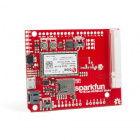

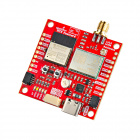

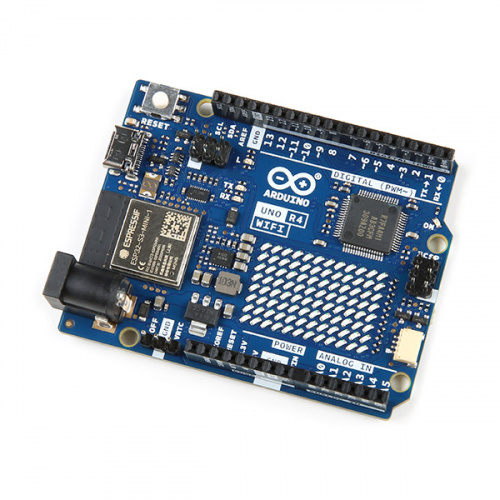
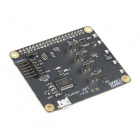
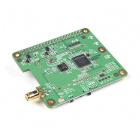
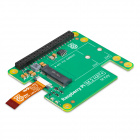
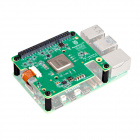

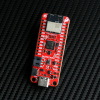






A couple of "conspicuous by their absence": First, our friends over at Adafruit have a LOT of items that have QWIIC compatible connectors, though they call it "STEMMA QT".
The other is that I had hoped that the Raspberry Pi 5 announced last week would include an on-board QWIIC connector. (Yes, I'm aware of the SparkFun Qwiic SHIM for Raspberry Pi, as well as several "hats" that have QWIIC connectors.). I'm hoping the next version of RPi will include an on-board QWIIC connector!
Ah we also wish there was a Qwiic Connector on the new Pi 5! Hopefully we can make this happen in the future!